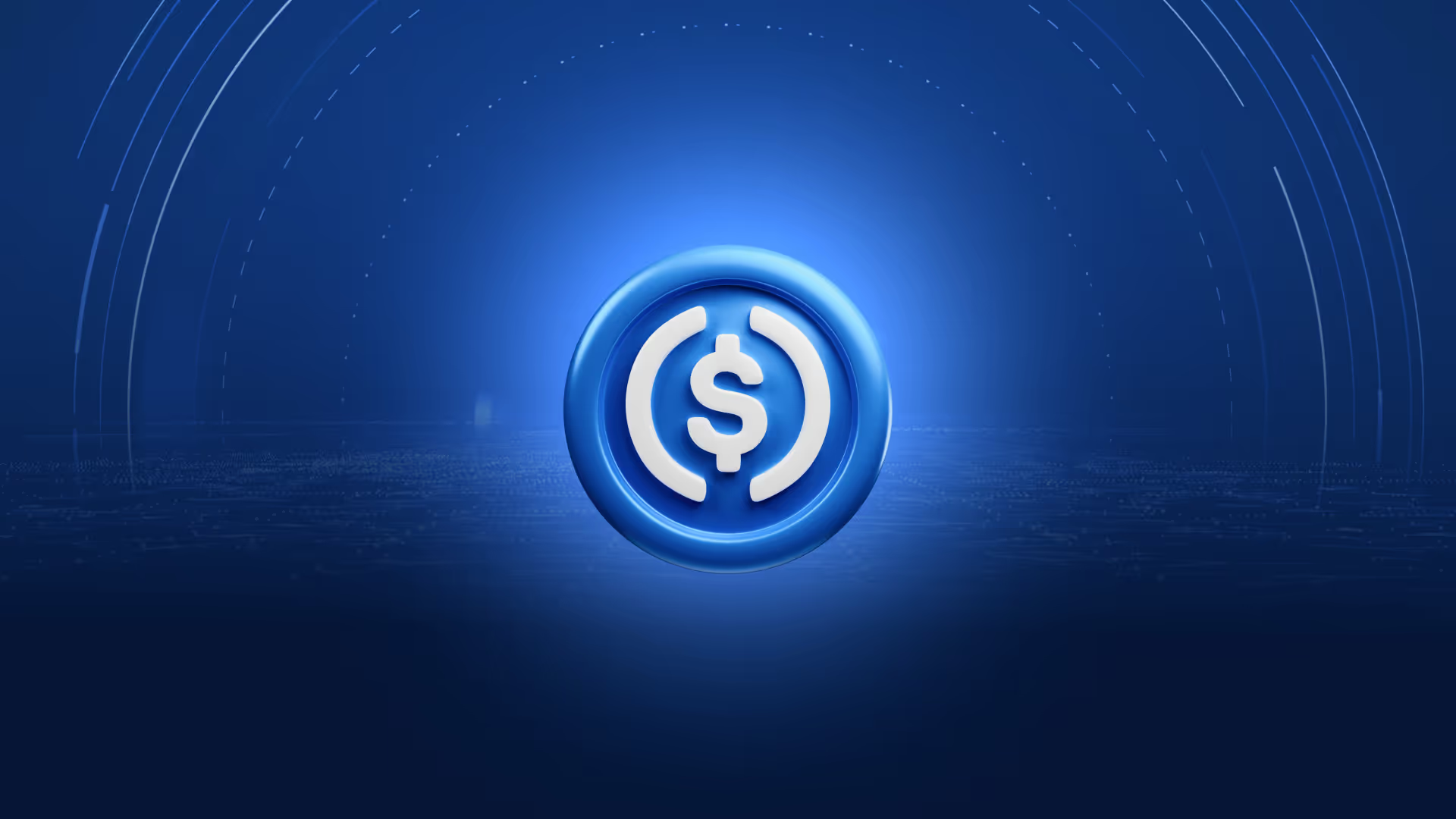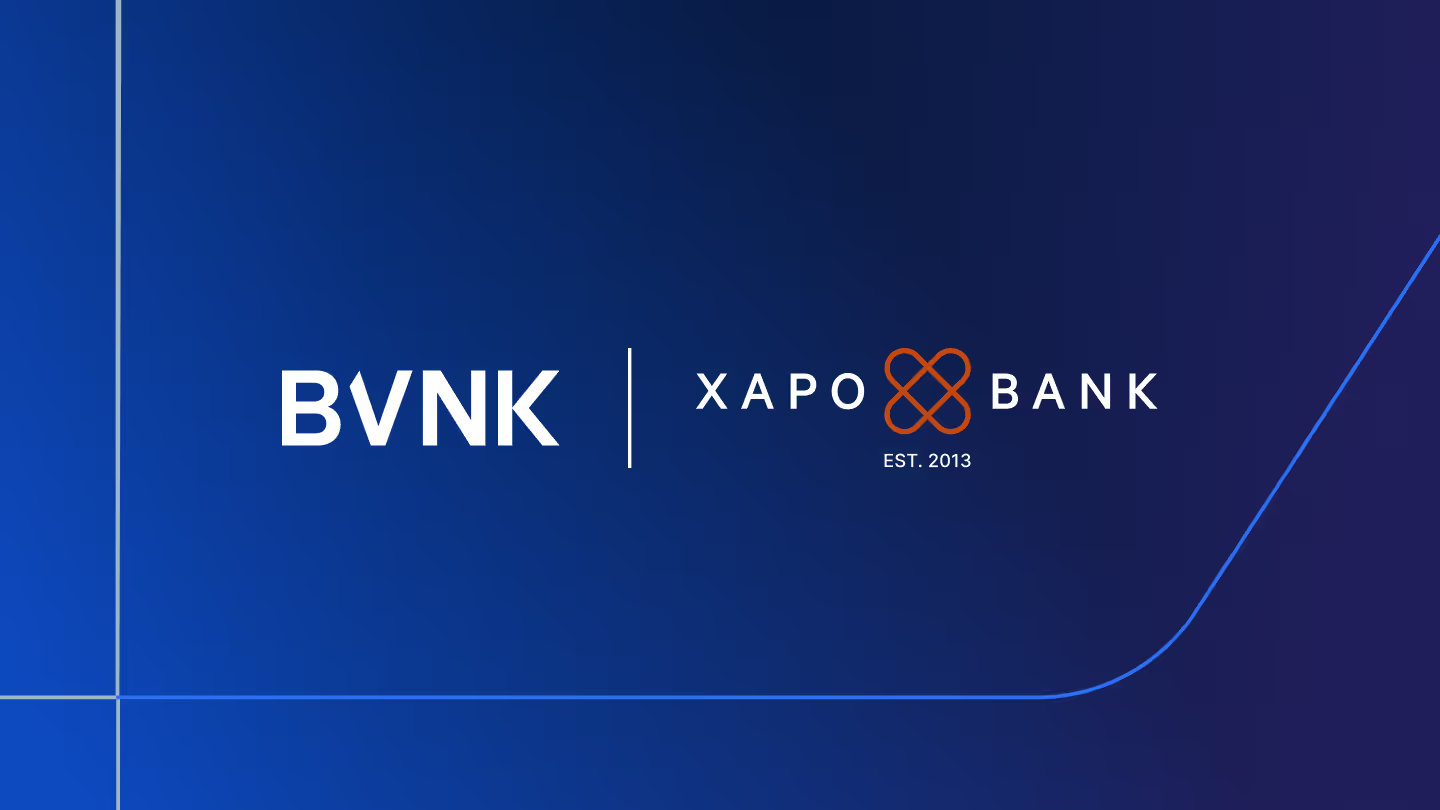What’s driving real world adoption of stablecoins in payments? Insights from Currency NYC 2023
Leaders from BitGo, B2C2, CoinDesk and BVNK talked stablecoin use cases, blockers and 2024 predictions at Currency NYC.

Stablecoins are the fastest growing crypto asset, accounting for 40% share of active wallets in 2023 and 5 million weekly active addresses. Despite being a small portion of total global transaction volumes, they have an outsized influence on the way capital is moving, said BitGo Managing Director, Matthew Ballensweig: “Stablecoin markets are very real... look at the crypto capital loan market for example which is over a trillion, stablecoins make up roughly 10%... But even more important is the velocity at which they power the ecosystem. They make up almost 70 percent of all on-chain transaction volume, so they’re very relevant in terms of how capital is moving.”
This article is a summary of a discussion from Currency NYC 2023. Watch the session in full above.
Stablecoins move capital efficiently
The growing influence of stablecoins in payments and financial services comes down to utility. Stablecoins combine the stability of fiat currencies, with the accessibility and efficiency of digital currencies.
For global liquidity provider B2C2, the ability to settle with stablecoins on a weekend is key. CEO Nicola White explained: “One of the ways in which we can reduce our exposure when markets move a lot, is to settle with clients on the weekend. So instead of extending large limits, we'll extend smaller ones and ask clients to settle with us 24/7… it’s good for us, and for our clients.”
Stablecoins also act as an accessible alternative to traditional banking, said Nicola: “We have quite a lot of clients who don't have access to an abundance of banking rails… We used to think that having two or three dollar or euro banks was enough, but after March we quickly determined that the right number is probably somewhere in the five to six range, so stablecoins really offer an alternative.”
Stablecoins are also commonly used as smart way to move money internationally, said BitGo's Matthew Ballensweig: “A lot of our clients globally find it more efficient to use stablecoins to go in and out of their local currencies, in Latin America or Africa for example, into the US dollar."
That’s how BVNK started out, added co-founder Chris Harmse: “We began by using stablecoins as a replacement for Swift effectively... but we soon started to see more payment processors and merchant acquirers receiving stablecoins too, as an efficient way to settle from their global partners around the world who were doing card processing for them.”
Stablecoins emerge as a settlement currency
Increasingly, stablecoins are appearing at the end of the payment journey too, as a payout currency for consumers and a settlement currency for businesses.
BVNK’s Chris Harmse commented: “We have remittance businesses customers who find it more efficient to use a stablecoin rail to move money into an emerging market…. but a lot of the time, the last mile payment becomes the pain.” Switching the final payment into stablecoins is popular in markets where "local consumers are willing to receive a digital dollar versus their own local currency,” said Chris.
Merchant acquirers are also now settling their merchants in stablecoins. Visa’s announcement that it’s expanding stablecoin settlement to merchant acquirers like WorldPay has “rubber-stamped” stablecoins as a settlement currency, said Chris: “Visa has unlocked a new 24/7 settlement rail, which reduces the need to prefund for a lot of issuers.”
Going end to end with stablecoins, addresses the inefficiency of the on- and off-ramp said BitGo's Matthew Ballensweig: "That's when you can really change the game… If public blockchains can provide a settlement rail that is more efficient and more cost effective than the current system, then you're going to see a lot of exponential adoption.”
B2C2’s Nicola White also pointed to the increased use of low-cost blockchains like Tron and Solana, as a signal that stablecoins are becoming part of the furniture of global payments: “There has been a massive shift to low-cost chains, because people want to make stablecoins more part of their workflow.”
.avif)
Get payments insights straight to your inbox
What’s holding stablecoins back?
Incidents of depegging in early 2023 raised questions around how stablecoins are managed by private issuers. To unlock greater adoption, the industry needs more transparency, said B2C2 CEO Nicola White.
It's important to see a stablecoin's recent proof of reserves, she added, but also to be confident in where the issuers are holding assets, “because not only do you have to worry about them being backed 1:1, but the banking system is not as secure as we once thought it was. That is just a fact we need to deal with and price into our models.”
The stablecoin Tether has been criticised for a lack of transparency, but despite this, its market cap is 4x that of USDC, pointed out BitGo’s Matthew Ballensweig. “Tether still represents a huge part of the way money moves in crypto. That said, I think we're moving towards an environment of greater scrutiny… My hypothesis is that assets that are regulated but capital efficient and accessible, will take market share methodically and systematically from Tether over time.”
As well as assurances around governance, the industry also needs to solve the question of yield, said Matthew Ballensweig: “In traditional markets, you can your leverage treasury bills or government bonds as collateral to trade… so you're getting the yield benefit of holding those securities, but you're also able to use them from a capital efficiency perspective. That's not really being implemented right now with stablecoins, but there are companies that are looking to solve this.”
There’s also an interesting opportunity for non-dollar issued stablecoins, said BVNK's Chris Harmse, since 99% of stablecoins are dollars: “If we see more locally-issued stablecoins start to reach scale, like XSGD pegged to the Singapore dollar or EURC pegged to the Euro for example, it will unlock more remittance use cases."
B2C2’s Nicola White added: “That could open up a world of where can trade Canadian dollar on the weekend through stablecoins – which is really interesting because right now we just accumulate that over the weekend and look to hedge it when markets open up on Sunday night, but ultimately that's not efficient.”
Stablecoins vs CBDCs – will they coexist?
Privately-issued stablecoins were first to market, but most governments around the world are now developing Central Bank Digital Currencies – can the two co-exist?
Timing is critical, said B2C2’s Nicola White. While emerging markets may be further ahead with developing CBDCs, “in any of the major currencies, we’re still a couple years off… in the meantime private stablecoins are probably going to take that place…. and once something becomes sticky, it's a lot harder to unwind. My view is that we probably don't have the three or four years it's going to take to get CBDCs into market, and stablecoins are going to be pretty sticky, because they're efficient.”
Some forms of CBDC are more likely to come to market than others, said BVNK’s Chris Harmse. A form of retail CBDC where consumers keep an account with the central bank, is less likely since it disintermediates commercial banks. “What we will likely see,” said Chris, “is something similar to how it works today, with the commercial bank facing a central bank and using CBDCs as an intrabank settlement mechanism.”
What’s next for stablecoins in 2024?
Thinking ahead, B2C2’s Nicola White predicted that in 2024 we’ll see “the joining of stablecoins and tokenised money market funds, especially with yields.”
BitGo’s Matthew Ballensweig agreed that next year could bring “the rise of native interest-bearing stablecoins and the shepherding of those as assets as collateral to decrease market structure risk and increase capital efficiency, in institutional markets.”
When it comes stablecoins' influence on payments, we’ll see current momentum continue, said BVNK’s Chris Harmse. Despite the 2022 downturn, the charts showing the use of stablecoins in payments, “have really gone up and to the right this year – we’ll see that trend continue into 2024.”
Session videos with all the insights from Currency NYC 2023 are available on our Youtube channel.
Latest news
View allGet payment insights straight to your inbox



.jpg)






.avif)


.jpg)





